Update from Ranu Welum
Indonesia’s rainforests are one of Earth’s most biologically and culturally rich landscapes. Unfortunately, in line with the increasing pace of Indonesia’s economic growth, forest loss continues every year. The scale of destruction of our rainforest is so large that it now has a significant impact on global climate. For this reason, Youth Act Kalimantan initiated a youth movement, ‘The Heartland Project’, which aims to mobilize young people from all over Indonesia to participate in planting trees and restoring remaining forests in their area.
In 2017 our country, Indonesia ranks third after Brazil and The Democratic Republic of the Congo as the country with the largest deforestation rate in the world (1). Based on records from the Ministry of Forestry, between 2000 and 2010 Indonesia lost up to 1.2 million hectares of forest every year (2). This is the equivalent of 2 times the size Jakarta every year. The main factors of deforestation in Indonesia are the extensive conversion of forests into plantations, illegal logging, and industrial unsustainable development.
The loss of millions of hectares of Indonesia’s forests has a large impact economically, socially, culturally and environmentally. Many unique fauna and flora that can only be found in Indonesia’s forests become endangered. Local people whose lives depend on forest products are being strangled. The negative impact of the destruction and deforestation of the rainforests not only affects Indonesian people but also the entire world. Large scale deforestation releases massive amounts of carbon emissions into our atmosphere, which results in the increase of global temperatures. But on the other hand, if the forest is well maintained, it can be the key factor to overcoming the global warming and climate change that is now threatening the future of our planet.
If we continue to remain silent and do nothing, decades from now we are at risk of losing our entire forest. Everyone needs to be part of the solution, especially young people who have great powers as catalysts for change. Therefore, Youth Act engages young people from all corners of Indonesia to participate in restoring Indonesia’s forests, which are the lungs of the world through the HEARTLAND PROJECT. There are 1,188 Indonesian Youths who join this movement to plant 2,535 trees across Indonesia in their homes, communities, and schools. In Kalimantan, the Youths went even further, planting trees in former coal mining sites or burned areas.
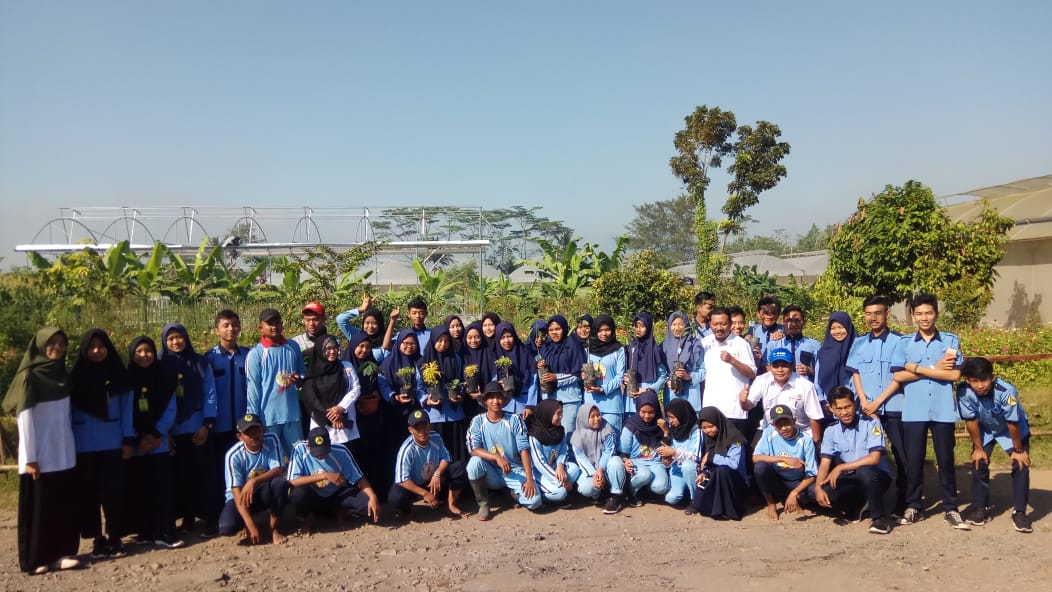
The Youth come from:
Mentawai, Padang, Central Kalimantan, West Kalimantan, East Kalimantan. North Kalimantan, South Kalimantan, Malang, Bali, East Nusa Tenggara, Yogyakarta, Central Sulawesi, Lombok, Jember and Papua.
There are 24 schools, local communities and organizations that are involved in this project, including Payung Literasi Palangka Raya,Natha, Mapala Sylva Raya.
The Heartland Project is a collective action of solidarity in the movement of young people globally for Climate Action. The project ran from the 21st – 23rd of June, to coincide with Climate Strike #FridaysForFuture Week 44 in 131 countries, along with the Global Landscape Forum in Bonn, Germany. Our campaign covered:
1. Tree Planting
2. Climate Strike (social media and on the road / public space)
3. Solidarity (photo, tagging and hashtag)
4. Video streaming
This movement demonstrated to the world that we, Indonesian Youth, are also aware climate change and deforestation in Indonesia – and are proud to be taking action.
Our impact would not be possible without you and we look forward to continuing our partnership to help empower youth in Indonesia.
We hope you enjoy the photos on our Instagram here:
https://www.instagram.com/youth_actkalimantan/
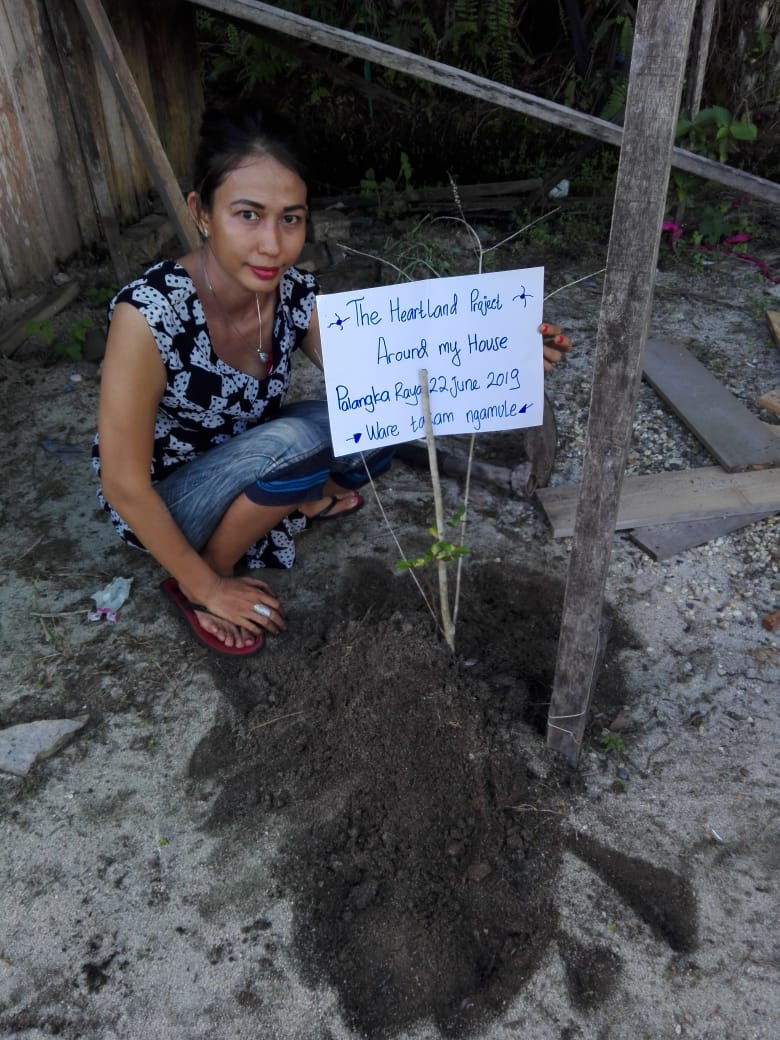
We planted hundred of fruit trees in a former coal mining side and several schools in 3 villages in Central Kalimantan (Gunung Karasik Vilage, Ampar Batu and Sangkan Village).
Mardiana. D. Dana, 60 years old, Dayak women Leader, activist and environmentalist
In Gunung karasik we planted areca nut, coconut and Rungkai trees near the coal mining, the river and around the road of the company area. We were motivated by our concern for our environment. After the coal mining came to our village, they poison our soil, water and air. This is our action to protect our community. We also planted the trees in the school to educate the young student the importance of protecting our forest and land.
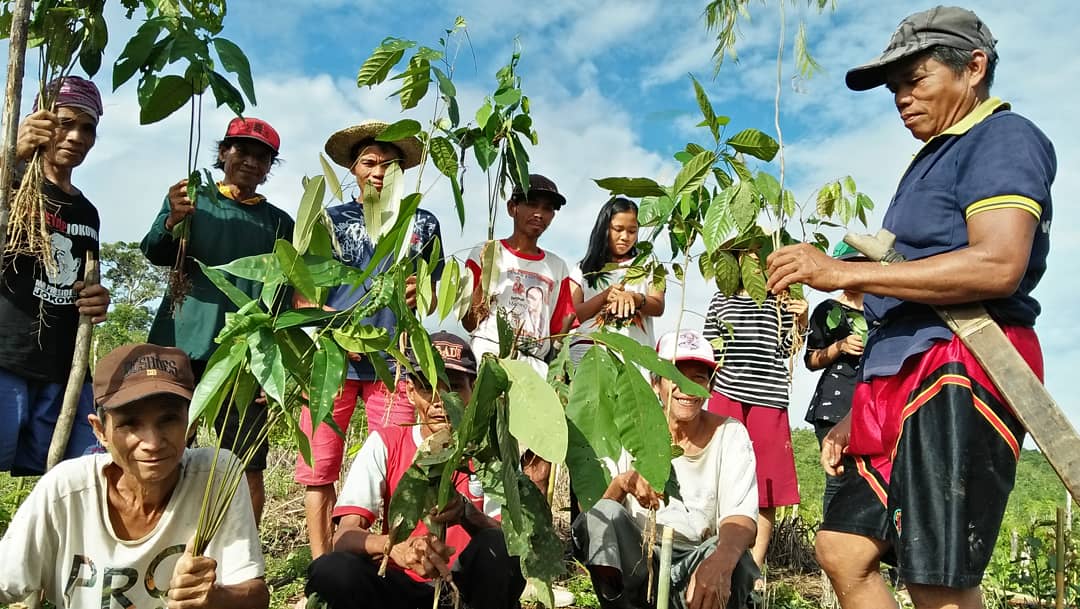
We are motivated by our love for nature. In Central Kalimantan, a lot of forests already disappeared because of deforestation. Young people have a responsibility to restore our forests again.
Eldo Tri Rahmadani, 17 years old student from Palangka Raya, central Kalimantan
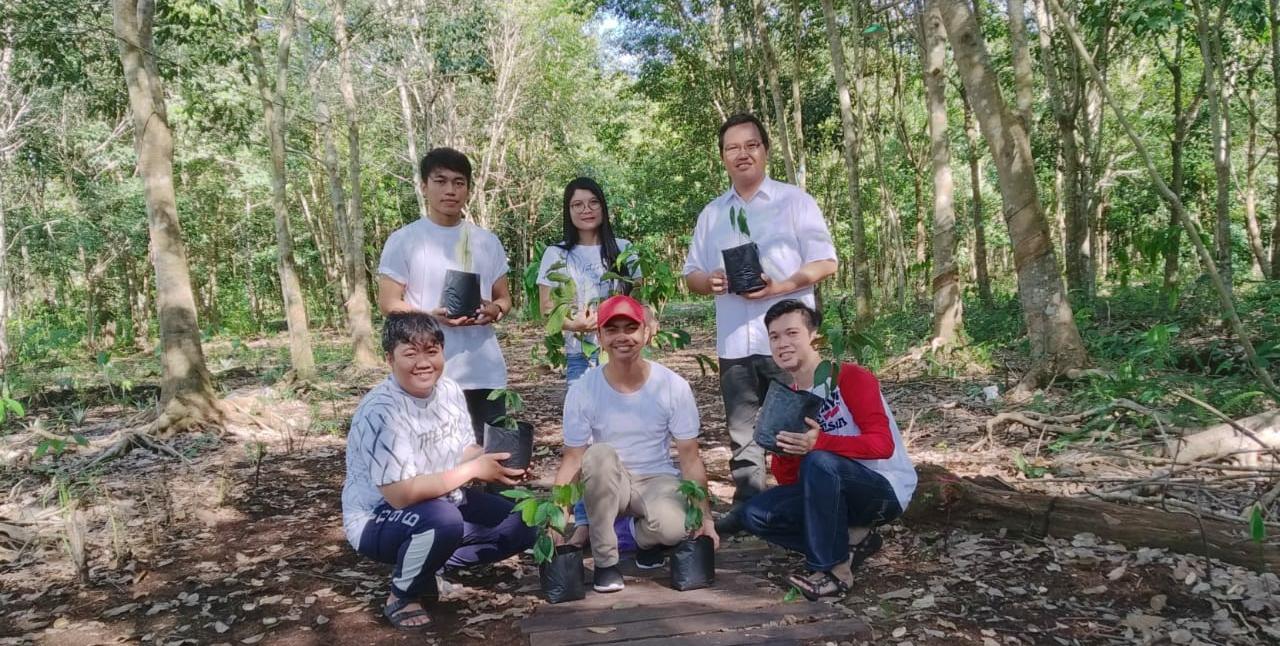
I’ve seen many of our forest get cut down for mining and palm plantation. I take part in the Heartland Project to raise awareness about the deforestation in my indigenous community, Dayak Kanayan.
Almizan Putra Hastama, 23 years old from West Kalimantan
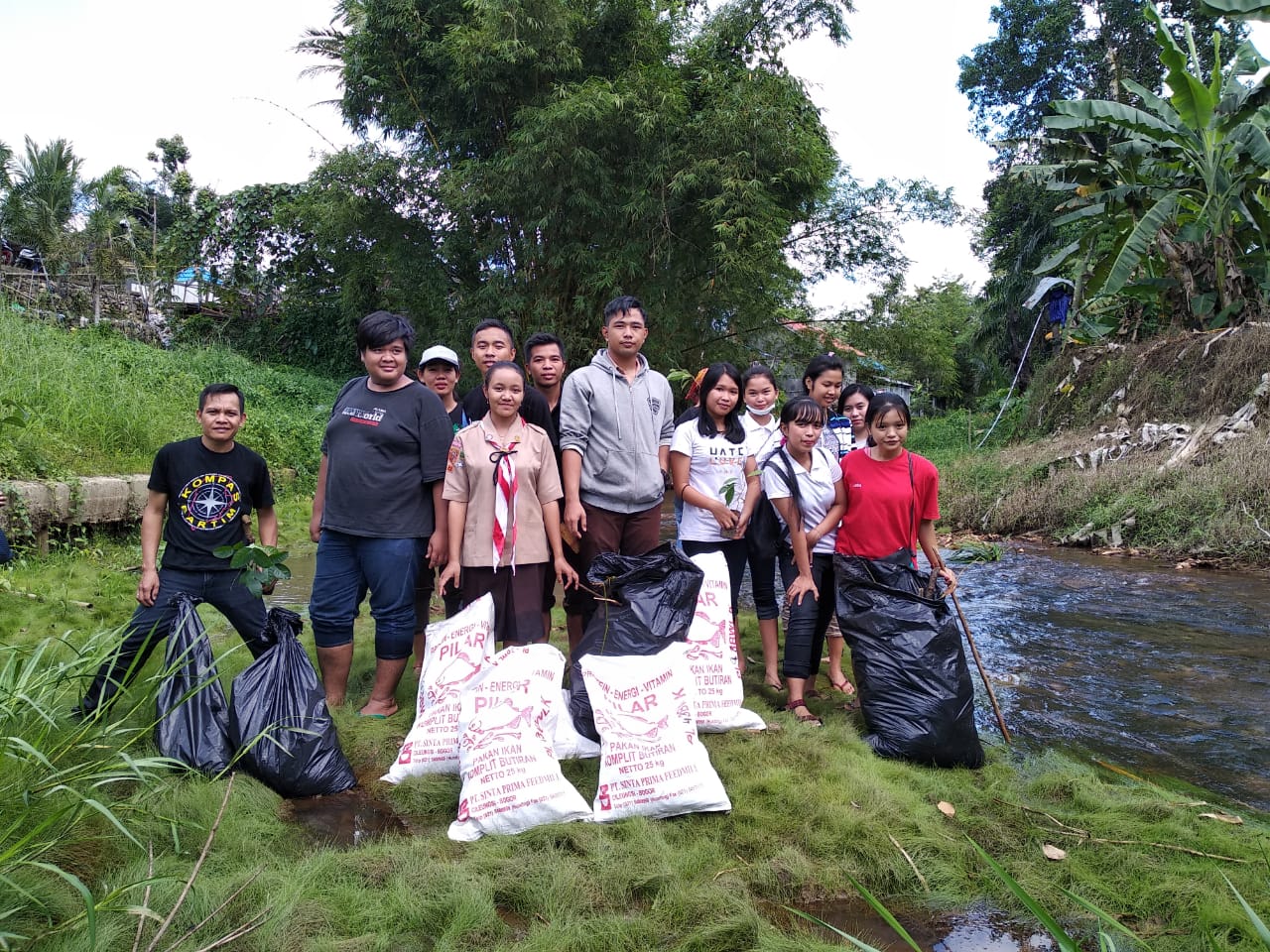
We are participating in Indonesia’s youth action of planting trees all around the archipelago #TheHeartlandProject along with +1000 others in their home, community, school, former mining land, etc to show the world that us, Indonesian youth are also aware of #climatechange and this is our #climateaction. #youthact
Marsela Arnanda, 23 Years old from Lombok
Our partners:
Payung Literasi Palangka Raya, Sakolah Adat Arus Kualan, Mapala Sylva Raya, Muhammadiah University Students, Barendeng Manulis, MountainFMP (Papua), Lisaran Onet, IAIN Palangka Raya Students, Sebangau Ranger, Mapala Dozer Engkaras Community, Berugak Pinter Kekeri, Tropica Adventure Nusantara, Gunung Karasik Indigenous Community, Tamiang Layang Indigenous Community, Mentawai Cultural Education Foundation, Palangka Raya Young Rimabawan, Vocational School 5 Jember, Senior High School 2 Palangka Raya, Vocational School 2 Mantangai, Junior high school 5 Mentangai, Sanggar Mentawai Dayak Kantu’k, Nathan Indonesia, and Central Kalimantan Youth Communication Forum.
References:
- World Resource Institute: 2017 was the second-worst year on record for tropical tree cover loss https://www.wri.org/blog/2018/06/2017-was-second-worst-year-record-tropical-tree-cover-loss
- WWF Indonesia: Forest https://www.wwf.or.id/program/reduksi_dampak_lingkungan/kehutanan/